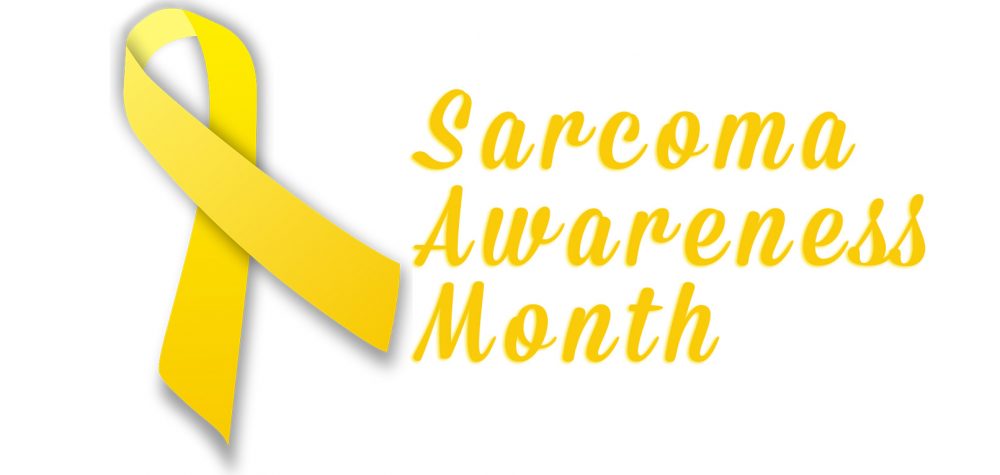Sarcoma is a cancer of the connective tissue in the human body that is considered rare but while rare is still more likely to affect children and young adults than it is full grown humans. According to the American Cancer Society 11,280 people will be diagnosed with Sarcoma yearly. (Citation) There are many different types of soft-tissue sarcomas and treatment varies for each. Although referred to as Pediatric Sarcoma the three main types of Sarcoma affecting children can also affect adults. These three types are:
Rhabdomyosarcomas –this is one of the most common types of sarcoma and causes tumors to grow in the skeletal (striated) muscles. Treatment is usually surgery and chemo due to this form’s tendency to be wide-spread.
Osteosarcoma-this is the most common type of bone cancer and surgery is the primary form of treatment.
Ewing’s Sarcoma-This is a cancer that forms predominantly in the long bones of the body but may also be found in the soft tissues. It is more prevalent in females than it is in males. Treatment usually includes surgery and chemo or radiation therapy. (Citation). In total there are about five sarcoma types that children are diagnosed with regularly but the truth is that any sarcoma that affects an adult can affect a child and vice-versa.
June is Sarcoma awareness month. While this form of cancer is still considered rare it is important to know the warning signs. Many times sarcomas in children are wide-spread before they are eventually diagnosed. Symptoms of the more common types may be: unexplained lumps or swelling, pain in bones and joints, broken bones for no known reason. (not caused by trauma, etc.) If a pediatrician suspects a Sarcoma diagnosis he or she will order an array of tests. These may include biopsies, x-rays, Ct scans and MRIs.(Citation)
Like all forms of cancer treatments are improving regularly as time is spent in researching the causes of each. Genetics may play a part in who is predisposed to be diagnosed with Sarcoma but the pediatric cancer survival rate is currently about 78.2% . There are many advocacy Groups for families of those affected by sarcoma. These groups assist in finding treatment plans, specialists and getting families the correct diagnosis. They are also instrumental in assisting patients with networking and introducing them to others who have experienced the same thing (Citation). Many times it helps a child to realize they are not alone and although they are struggling there are others who are facing the same challenges from such a terrible disease.


No comments yet.